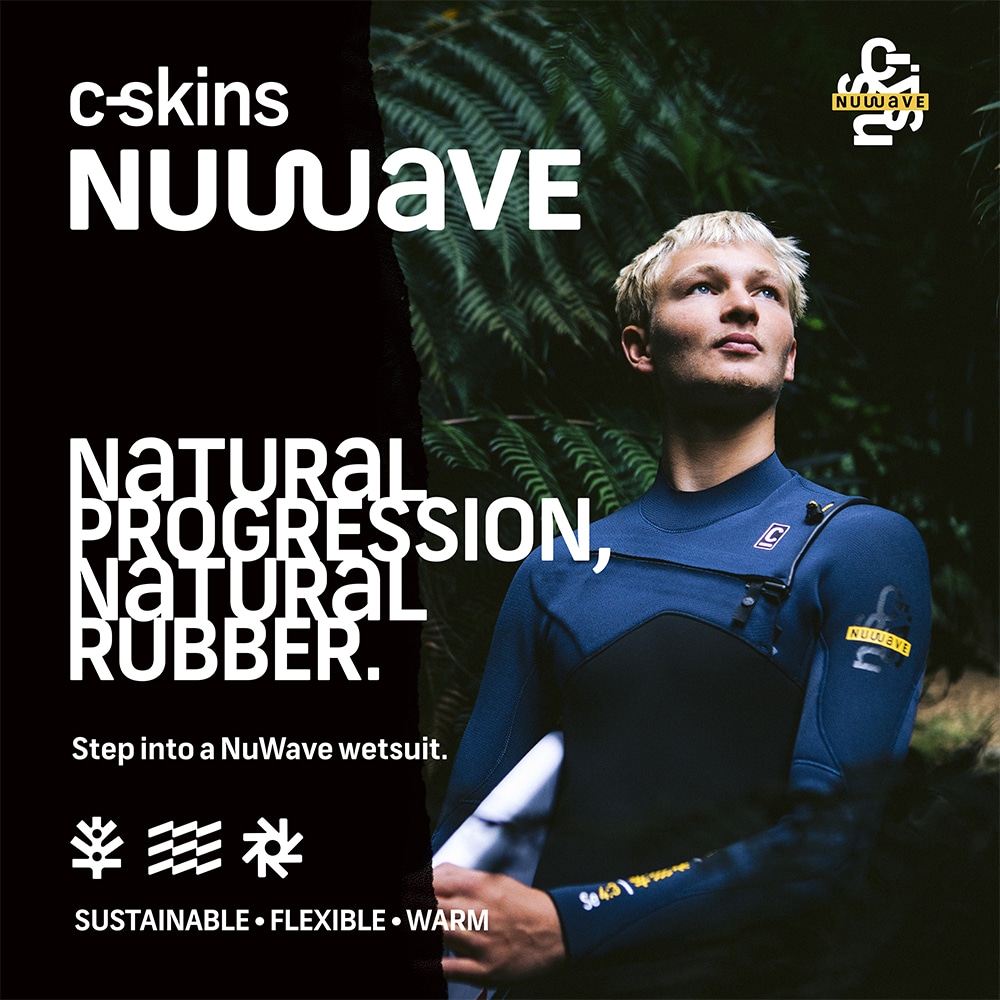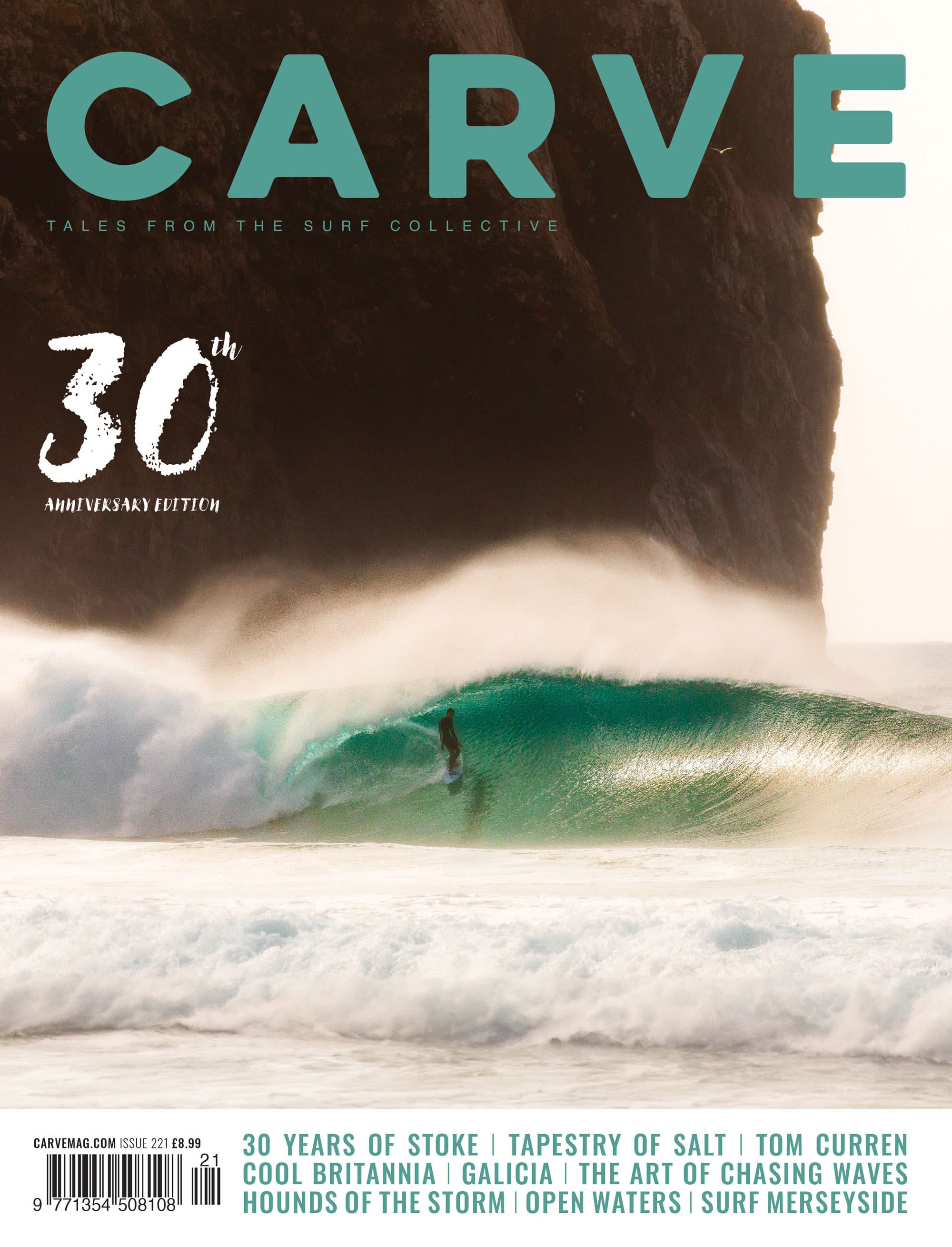The Maldives are situated just north of the equator, off the southern tip of India. Depending on your definition of ‘island’, there are upwards of 1,000 islands in the archipelago, although most are tiny uninhabited coral atolls. Not one of the islands is bigger than one square kilometre in area. Politically an independent republic, the Maldives have close links with India and the culture is Indian rather than African. The local people speak Devehi, which has to be the fastest spoken language in the world. Listening in on a conversation is like listening to a couple of horse race commentators on speed.
The Surf A boat trip to your base island will take you past a number of surf spots. Like its Pacific counterparts Fiji and Tahiti, the island chain is fringed by a barrier reef peppered with coral atolls. This barrier reef stops south swells in their tracks, and provides almost all the country’s top surf spots. So if you’ve come here to surf, you need access to a boat that’ll get you out to the reef passes. Most of the best spots are quite some distance apart. But when you do stumble across a decent reef, the effort of all your travels will suddenly seem incredibly worthwhile.
Accomodation and Prices Surfing in the Maldives is largely restricted to the central area of islands, around Male.
Secondly, while tourism is encouraged, it’s strictly controlled. The country only opened its doors to commercial tourism as recently as 1972. The number of islands which you can visit is rigorously controlled, and there are laws that prevent foreigners from buying land. Being a strict Muslim country, the Maldives do not welcome backpackers, with all the stereotypes they bring with them.
As many of the waves lack real potency, most spots are really rippable. Lips crumble more than they throw and absolutely beg to be smacked.
Most of the spots remain uncrowded all day, bar peak times. You don’t need a wetsuit, but you might want to wear a shortie to protect your flesh from the Coral. A rash vest and a ton of sunblock is vital as the equatorial sun is blisteringly hot.
For first time visitors, your best bet is to stay at the Coral Island Connections surf camp (see end of article for details). The guy who runs it has been here for years. He speaks the language fluently and knows everything there is to know about the local waves. Although the cost of staying at the camp may seem expensive, everything considered it’s good value for money. If you’re on a tight budget, you could take your chances and go it alone. But be warned, ‘budget’ and ‘Maldives’ are two words that don’t go together well. Although many of the packages that the big tour operators offer may seem attractive, there are many hidden costs that you’ll soon find out about. Staying in the Maldives is expensive, and the cost of hiring a boat (which you’ll need to get to the surf spots) can be astronomical.
How To Get There Most flights land at the airport on the main island of Male, the commercial centre of the country. The island is huge by Maldivian standards, but tiny by any other reckoning. In fact, it’s so small that the airport runway had to be extended to allow jet aircraft to take-off and land safely. Once you’ve left Male airport you can take a boat ride around the island. With a population of several thousand crammed onto the main island, there isn’t a whole lot of space.
Further Info Surf report 18/6. All the fares quoted above were from Trailfinders; call them on 0171 938 3232 (European destinations) or 0171 937 5400 (longhaul flights).





